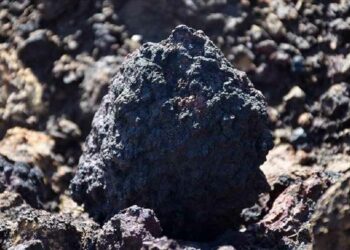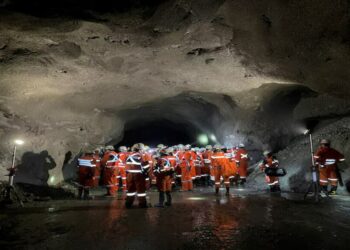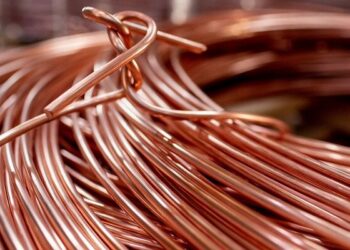Snap Lake mine.
The Snap Lake diamond mine in the Canadian north was not only dealing with a downturn in the diamond market prior to a decision last week to shutter it; the mine also had a serious problem with groundwater.
According to an analysis of the closure posted over the weekend, Glen Koropchuk, chief operating officer of De Beers Canada, stated in a public hearing in March that, “What many of you may not know, but some will, is that we have been storing large volumes of … water underground for some time now.”
The groundwater was being stored due to high concentrations of dissolved solids including mineral salts, making it impossible to discharge the water into the mine without treatment, without going over prescribed limits. The excess water also put parts of the mine off-limits, which reduced the mineable ore level “to a critical level,” Koropchuk said at the time.
The company warned in the spring that it might have to close if the discharge restrictions remained, and in September they were eased. Then came the announcement on Friday that the mine, located in the Northwest Territories, would be put on care and maintenance and that 434 employees would be laid off. On Thursday and Friday the company made little mention of the water issue, preferring to focus on market conditions. Polished diamond prices are down by nearly a fifth this year.
Snap Lake was the firm’s first diamond mine outside of Africa, and Canada’s first primary underground diamond mine. The mine employed 747 workers and produced 1.2 million carats last year and was scheduled to stay in production for another 12 years.








